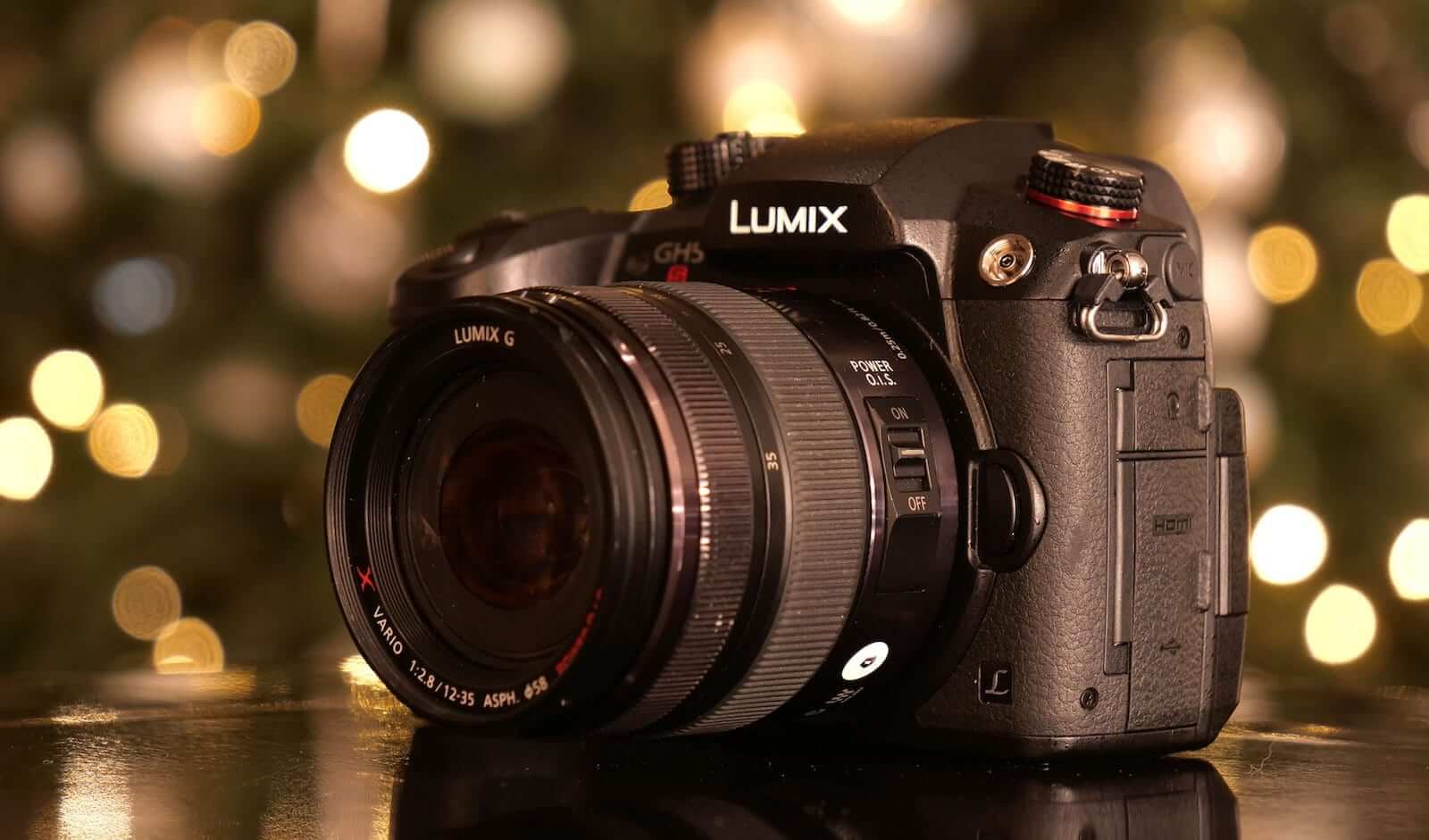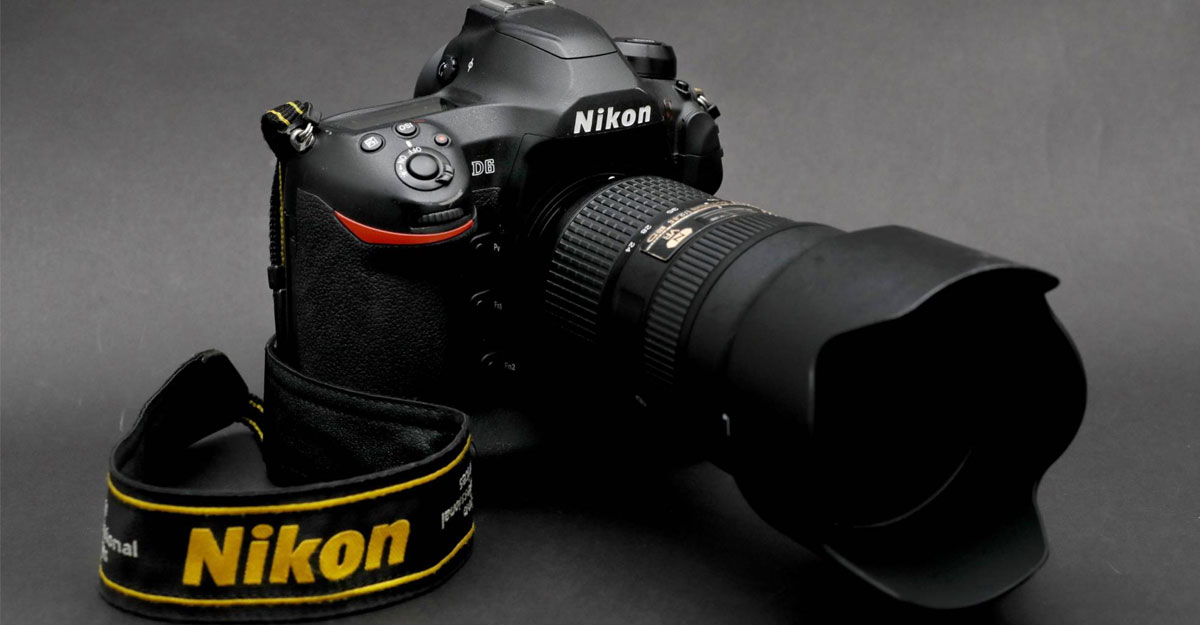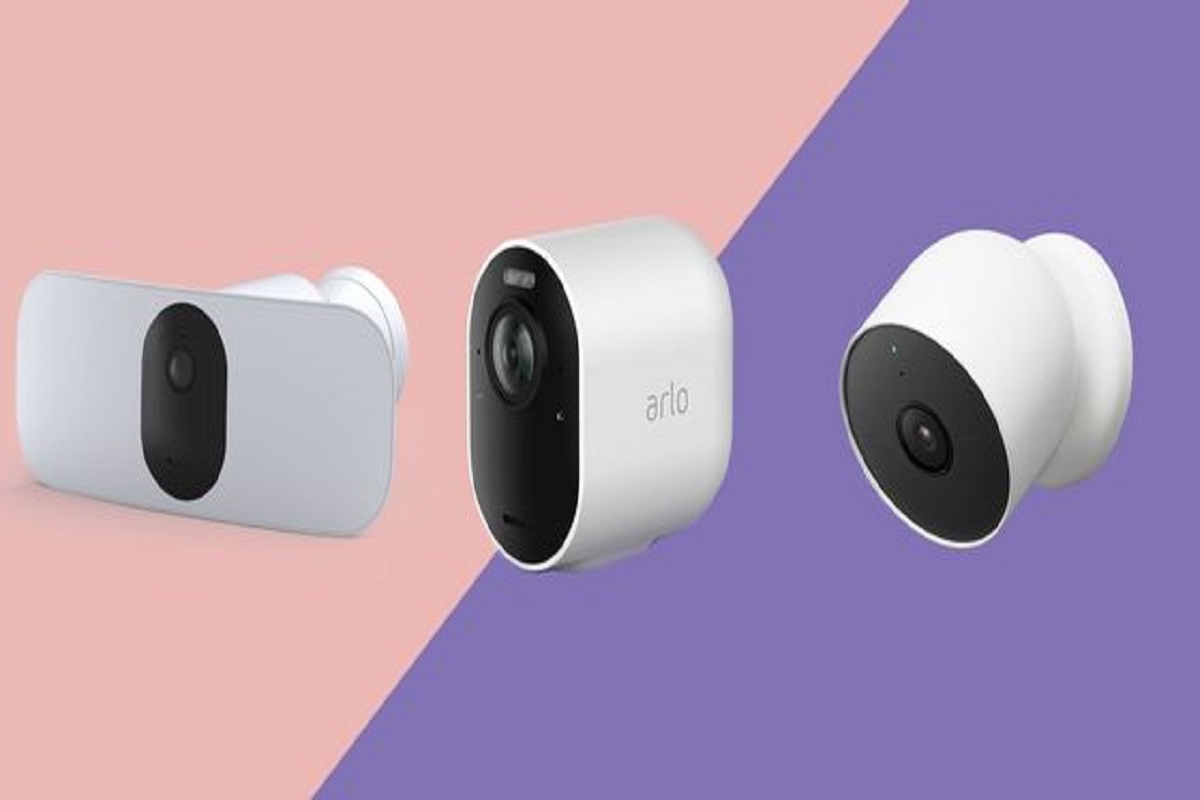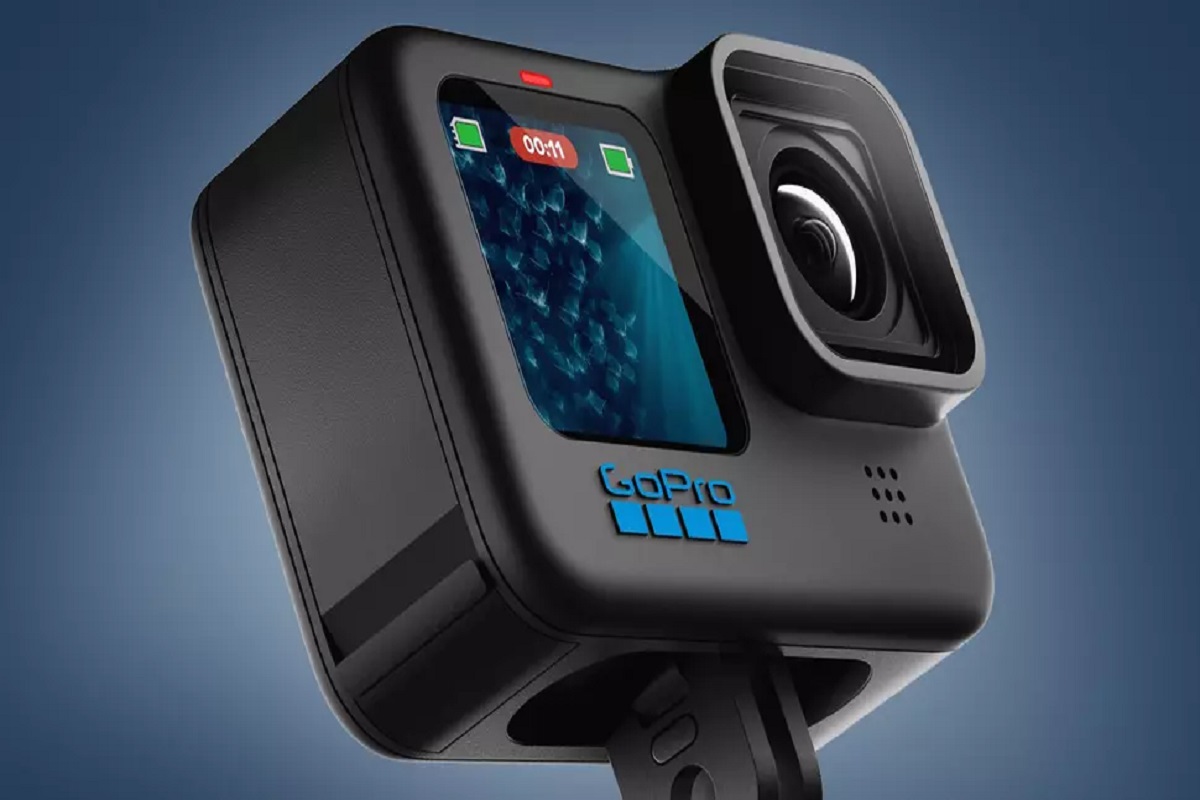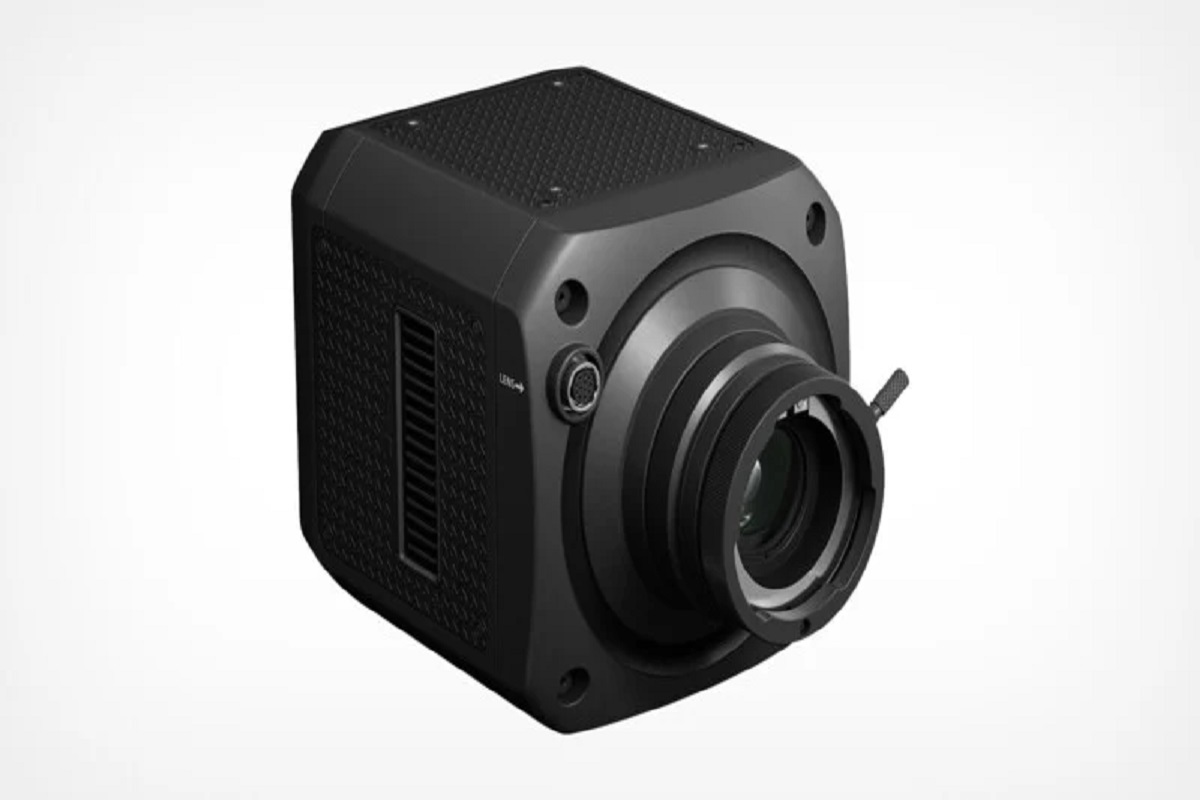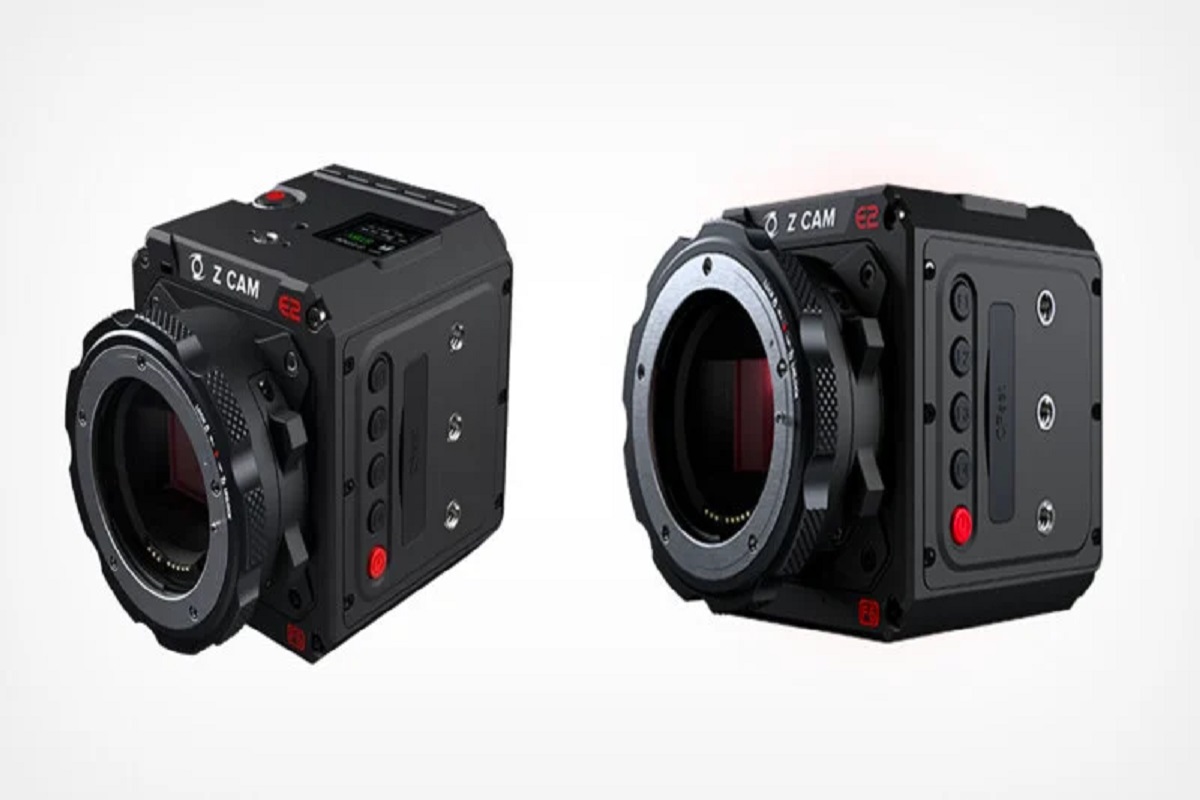Sony has recently launched a groundbreaking camera called the Alpha 9 III. This camera is the first in the world to feature a full-frame global shutter system, making it one of the most advanced mirrorless cameras available. In addition to its impressive photography capabilities, the Alpha 9 III also offers exceptional video features. Below, we’ll delve into the details of this innovative camera.
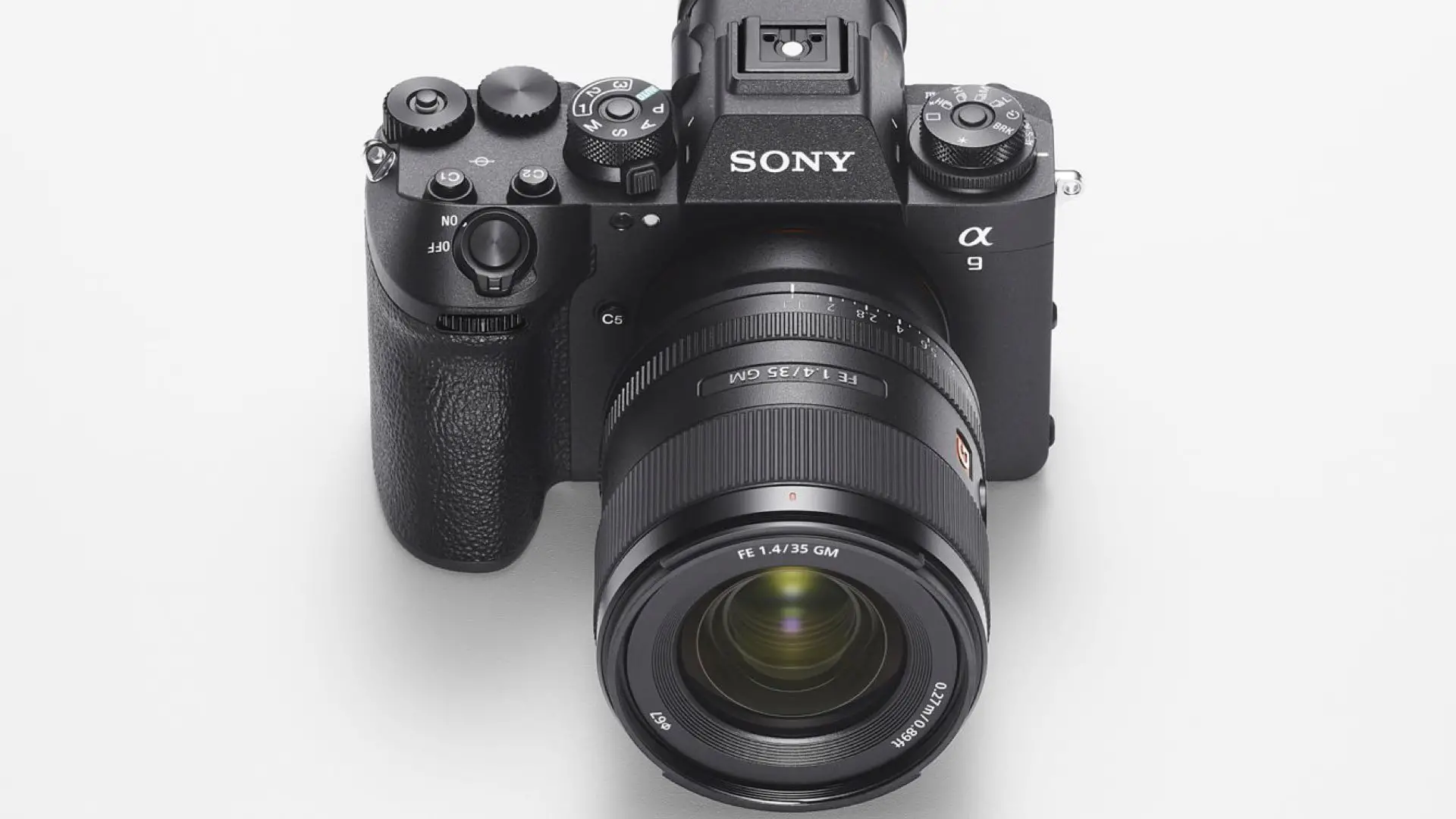
The Alpha 9 III is equipped with a full-frame global shutter image sensor, setting it apart from traditional rolling shutter sensors. Unlike rolling shutter sensors that capture images sequentially from the top row of pixels to the bottom, the global shutter sensor exposes and reads all pixels simultaneously. This unique feature enables the camera to achieve high-speed shooting of up to 120 frames per second without distortion or blackout. Paired with Sony’s advanced autofocus (AF) system, which incorporates AI autofocus capable of up to 120 times AF/AE focus calculations per second, the Alpha 9 III ensures that photographers can capture every moment with precision.
This camera comes with a stacked CMOS image sensor boasting approximately 24.6 effective megapixels and built-in memory. Combined with the latest image processing engine, BIONZ XR, the Alpha 9 III offers blackout-free continuous shooting speeds of up to 120 frames per second with AF/AE tracking. It features high-density focal plane phase-detection AF and uses an AI processing unit for Real-time Recognition AF. This allows the camera to recognize a wide range of subjects with impressive accuracy.
In addition to its exceptional photography capabilities, the Alpha 9 III provides high-quality image rendering thanks to its 8.0 stops of optical 5-axis in-body image stabilization. This ensures that images remain sharp even in challenging shooting conditions.
One of the standout features of the Alpha 9 III is its global shutter technology, which eliminates distortion and banding artifacts. This technology enables the camera to achieve a maximum shutter speed of 1/80,000 second, allowing for high-speed photography without distortion. When used with a compatible Sony flash, it can synchronize the flash at all shutter speeds up to 1/80,000 second. This feature is particularly useful in situations where capturing fast-moving subjects is essential.
Furthermore, the Alpha 9 III offers a Hi Frequency Flicker function that significantly reduces flicker issues when shooting stills or videos under LED lighting. This function adjusts the shutter speed to match the flicker frequency, ensuring consistent lighting and image quality.
The camera introduces selectable release lag modes, allowing users to prioritize release lag or viewfinder/monitor display. A newly developed Pre-Capture function allows the camera to continuously record up to one second before the shutter is released, ensuring that critical moments are captured. The Continuous Shooting Speed Boost function allows users to change to a faster preset speed during shooting, further enhancing its versatility.
The Alpha 9 III features customizable focus areas, offering expanded options from XS to XL in addition to the previous S, M, and L sizes. It also includes the Preset Focus/Zoom function, allowing users to save preset focus and zoom settings for quick recall.
The camera boasts an array of other enhancements, such as the latest AF algorithms for high AF precision even in low light conditions. It can achieve AF precision down to EV-5 in AF-S mode with an F2.0 lens. The Alpha 9 III also supports AF tracking for continuous shooting at F22 and offers a composite RAW shooting function to combine multiple consecutive images into a high-quality composite.
The global shutter image sensor enhances video performance, allowing for distortion-free videos. It can record 4K 120p high-frame-rate video without cropping, preserving the intended angle of view. Additionally, the camera can shoot high-resolution 4K 60p videos with 6K oversampling, delivering superb video quality.
The Alpha 9 III offers numerous video improvements over its predecessor, including 10-bit 4:2:2 internal recording and 16-bit raw output via the full-size HDMI port to an external recorder. It also includes Picture Profiles such as S-Log3 and S-Cinetone for optimizing the image for various workflows.
One unique feature of the Alpha 9 III is S-Cinetone, which produces a cinematic look without the need for post-processing. This feature was developed based on Sony’s high-end cinema camera, the VENICE, and enhances skin tones and subject highlights, resulting in a natural, cinematic appearance. The camera also supports LUT (lookup table) import when shooting in Log mode.
